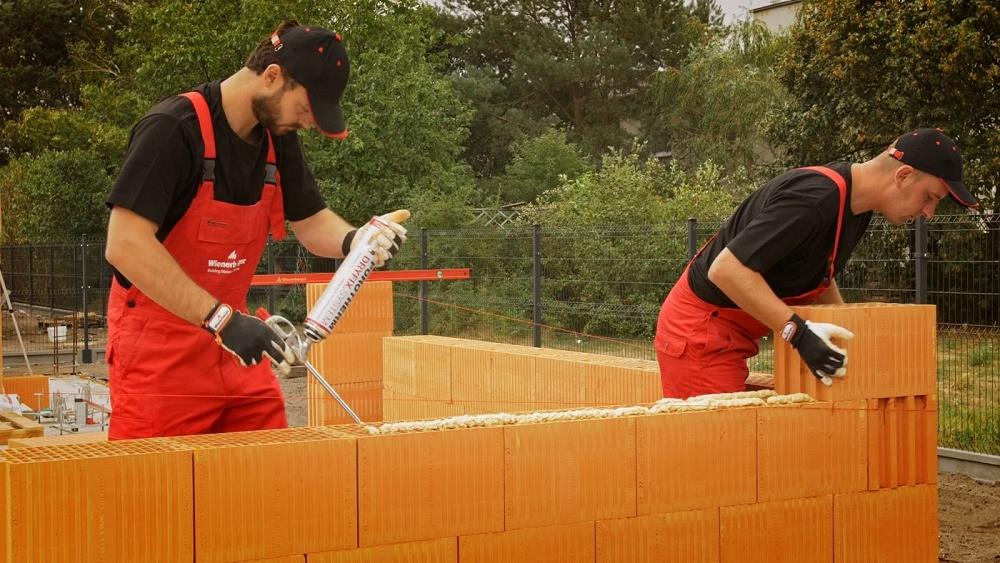

John Harris, Head of Sales – Housing Team from Wienerberger UK and Ireland, gives an overview of what the new guidance means for your customers in the sector.
The new Approved Document Part L of the Building Regulations is now in place, setting new guidance for the energy efficiency standards of new properties in England and Wales.
This newly updated document sets out a framework for what housebuilders must do to help tackle climate change, with particular reference to heat and fuel.
The Approved Document Part L acts as the first transitional step towards the Future Homes Standard, designed to bring greenhouse gas emissions from the UK’s built environment down.
What is Part L?
Part L of the new Building Regulations covers the conservation of fuel and power and acts as an interim change as part of the steppingstone to the Future Homes Standard, which sets out a framework for constructing homes with low carbon heating and high energy efficiency to help the housebuilding industry and homeowners reach the UK’s net zero targets in 2050.
Under Part L, all new homes must now produce 31% less CO2 emissions in operation than what was acceptable under the previous Part L Building Regulations. There are multiple changes that new home builders must adhere to, including increased energy performance standards.
What are the changes to Part L?
There are numerous changes, many of which will have far-reaching implications for the way in which the construction industry designs, plans, and builds new homes in England.
To ensure new home builders are compliant with the new regulations, all new homes will now be assessed under a new Standard Assessment Procedure, which lays out greater insulation requirements and a new primary target rate.
Among the changes are four key performance metrics that new homes will be assessed against.
What is the Future Homes Standard?
The Future Homes Standard is a legislative proposal aimed at improving energy efficiency in newly built homes from 2025 onwards. The regulations will help ensure that new homes produce fewer carbon emissions, helping the UK meet its goal of net-zero in 2050.
Under the new Future Homes Standard, all new homes built from 2025 will produce at least 75% less carbon emissions than homes built under the current regulations. The new Part L acts as an interim steppingstone until the Future Homes Standard is enacted.
What does Part L mean for the construction industry?
Part L means that new housebuilders must re-think the way they design and build new homes, as well as carefully consider the materials that they use, to ensure new homes meet the new energy efficiency requirements.
It’s important to remember that Part L outlines the minimum requirements that new housebuilders must meet. Striving for enhanced efficiencies beyond regulations laid out in Part L will ensure new housebuilders are better equipped for the Future Homes Standard when it comes into effect.
How will Part L impact building fabric?
Part L will have a significant impact on the future choice of building fabric. Your housebuilding customers must adopt a ‘Fabric First’ approach, which means opting for high-performance fabric materials that minimise energy demand for heating, cooling, ventilation, hot water and lighting and in turn reduce a home’s operational carbon emissions. The Fabric Energy Efficiency Standard will act as a key performance metric for new homes.
Why is Part L important?
The construction industry is facing increasing pressure from consumers and the government to do more to reduce carbon emissions. The UK’s construction industry accounts for around 3% of the UK’s carbon dioxide emissions each year, with the built environment accounting for around 40% of UK greenhouse gas emissions. According to the Climate Change
Committee, some 14% of this comes from the UK’s 28 million homes. So, implementing new building regulations that reduce energy demand from domestic buildings will help the UK reach its 2050 net-zero carbon emission goal.
There is no question that transformative change is needed within the construction industry to achieve net-zero emissions in the built environment. Part L is the first step towards this transformation.
What other benefits beyond the environment does Part L offer?
Beyond the benefits to the environment are considerable cost savings for homeowners. When energy costs are sky high, the cost of heating homes is at the forefront of consumers’ minds. According to the End Fuel Poverty Coalition before the energy price cap rise, more than one in four UK households will be in fuel poverty now that the changes have come into effect. Providing people with energy-efficient homes will be critical in the short and long-term.
How can Wienerberger help the construction industry comply with the newly introduced Approved Document Part L?
Wienerberger can help new house builders meet the new Part L Building Regulations with innovative building materials to support a Fabric First approach.
One such example is Wienerberger’s engineered system, Porotherm. The clay block walling system is a genuine alternative to concrete block construction, which delivers an exceptionally fast and virtually dry construction, while also benefitting from high strength and most notably, exceptional thermal efficiency to help meet the requirements of Part L